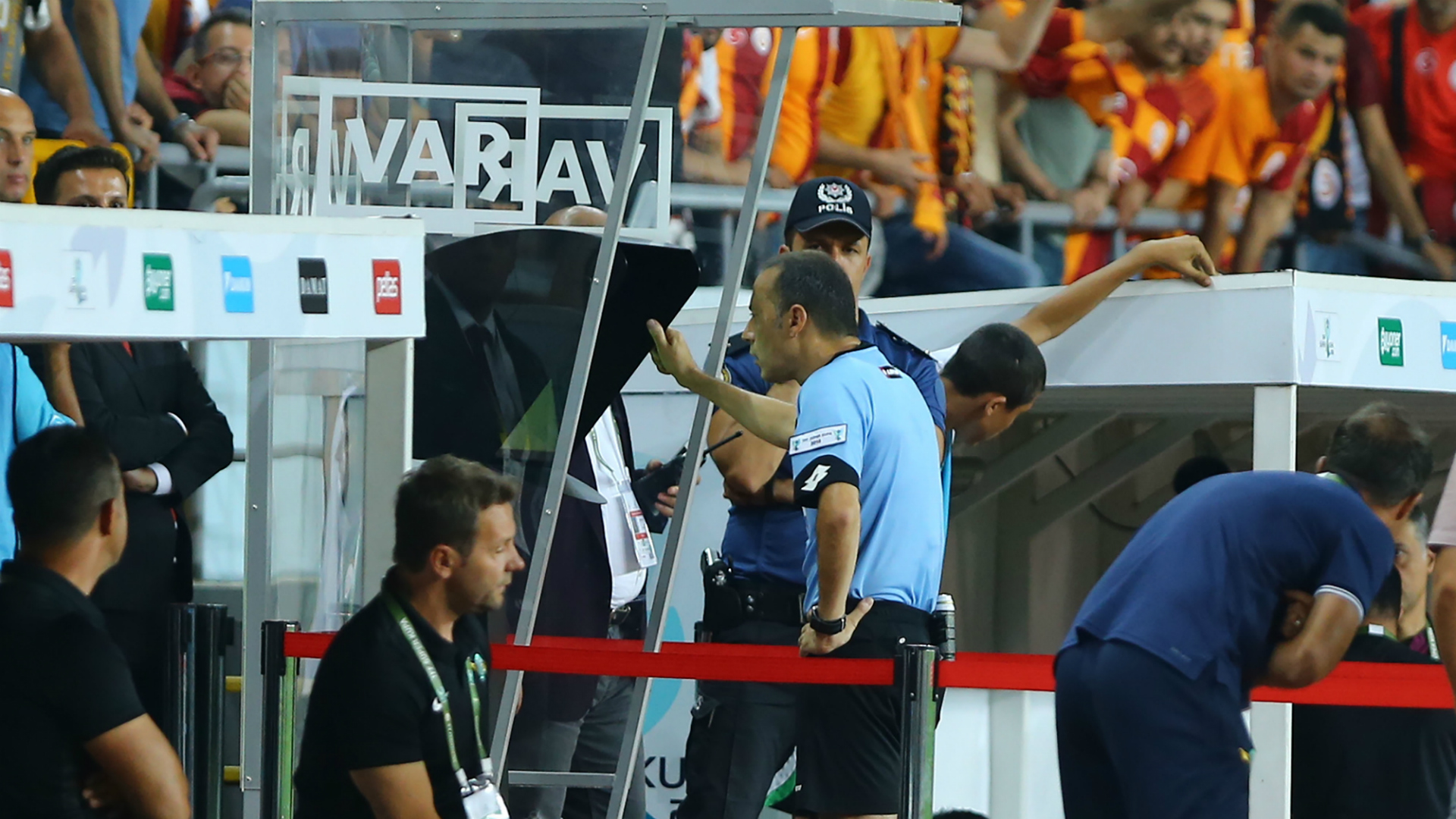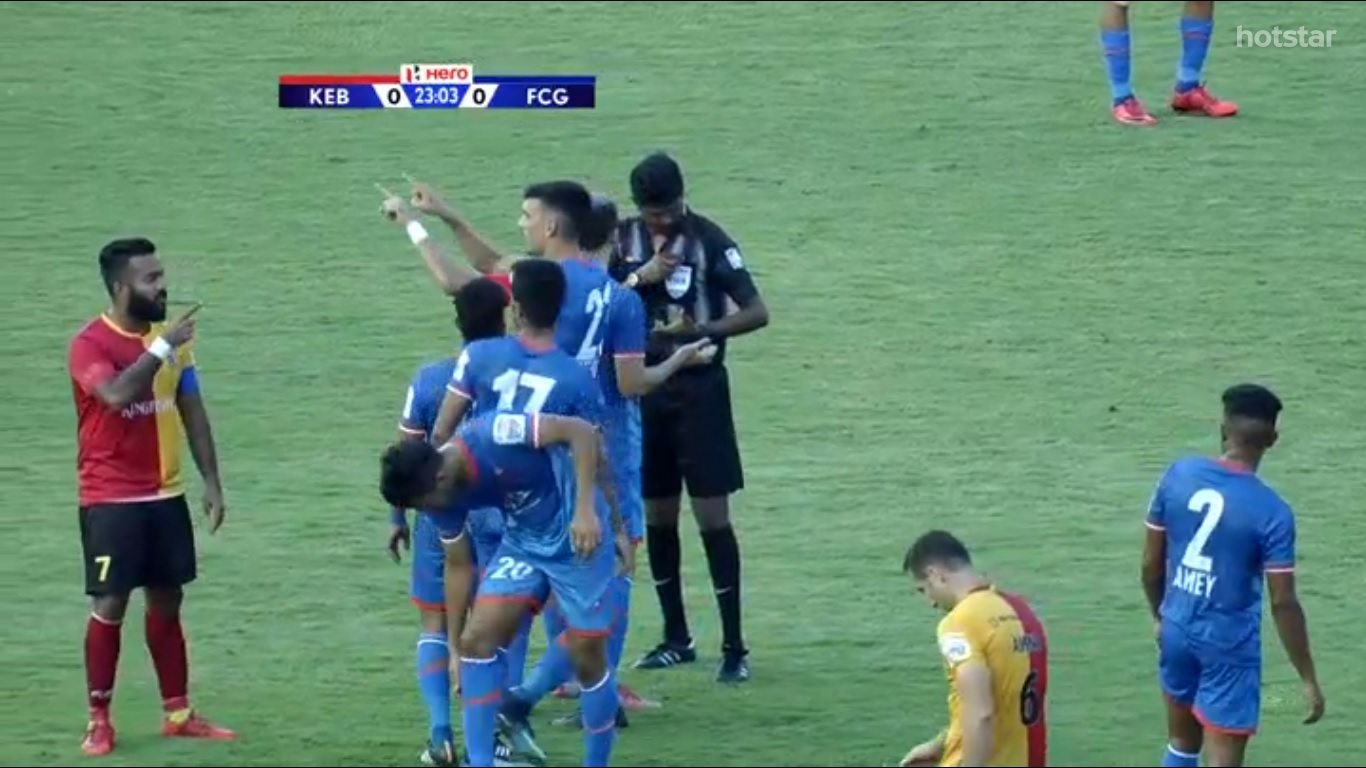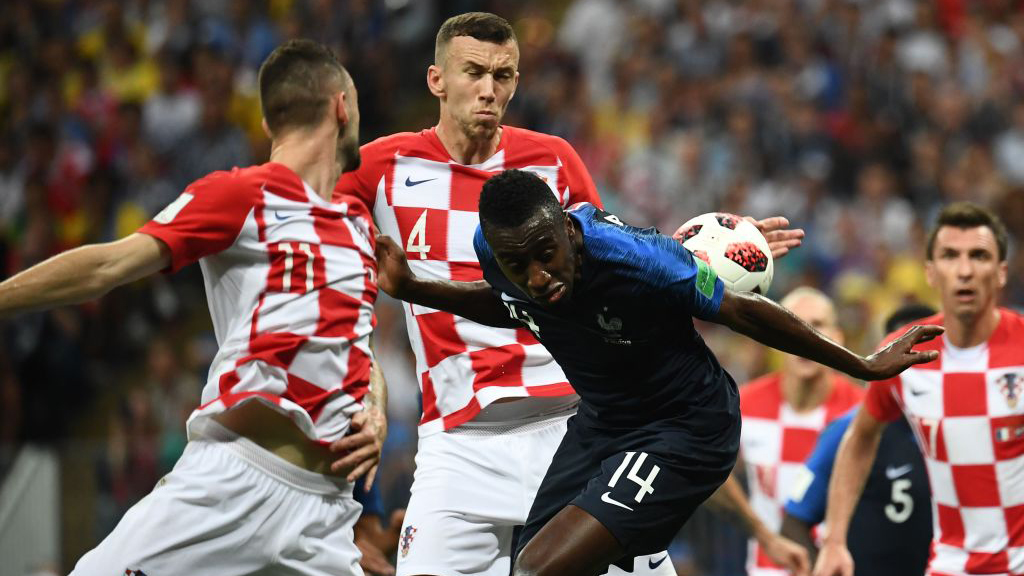Should VAR be used in the ISL?
autty 2018-09-28 07:45:02 评论
With the use of VAR now finding favour in major leagues over the world, it might be time for the ISL to start thinking of its introduction....

As the Indian Super League (ISL) gears up for its fifth edition, the spotlight is once again found to fall on the officiating.
Last season saw its fair share of drama surrounding some of the refereeing decisions with various touchline bans resulting from them. FC Pune City head coach Ranko Popovic was found to be guilty of three separate breaches of misconduct against match officials while Chennaiyin FC’s John Gregory was slapped with a three-match ban as well for his protestations against the match officials.
For his first breach, Popovic was handed a four-match suspension for his remarks on the official following his team’s 2-0 win over FC Goa. In Gregory’s case, the Englishman was sent to the stands after the protesting to the referee in his side’s clash against Jamshedpur FC. The Chennaiyin coach was subsequently handed a three-match suspension for his protest against the referee’s decision to award Jamshedpur a penalty in the game which was a dubious call.
While the ISL was littered with such controversies over the course of the season, the same, if not more, was seen in the inaugural Super Cup. There were refereeing gaffes galore in the knock-out competition with Goa midfielder Edu Bedia even mocking the referee with a hand gesture for VAR (Video Assistant Referee) during his side’s semi-final clash against East Bengal.
This had come after the Spaniard called the Super Cup a circus following Goa’s ill-tempered quarter-final win over Jamshedpur.

With VAR now becoming a widely used technological aid for referees the world over, especially with its implementation in the recent World Cup in Russia, it does raise the question of whether the ISL should incorporate it in the near future.
The 2017-18 season saw several top leagues adopt the use of the technology in a bid to cut down refereeing errors and to reduce the often game-changing decisions which turn out to be contentious.
The Bundesliga, Serie A, Portugal’s Primeira Liga, Major League Soccer (MLS) all introduced the use of VAR. It was also trialled in England’s FA Cup and Carabao Cup during the season. While the use of video-assisted technology has been common in many sports like tennis, cricket and hockey for many years, football has remained immune to that temptation since the very start.
The major argument against the use of the technology is that it slows down the game proceedings to a large degree. The change in match tempo that the VAR can bring about was an entirely alien concept to match-going and television fans alike.
This was amongst several teething problems that VAR brought about initially but by the end of the season, the concept had largely been embraced by all involved. Another trouble initially with the implementation of the technology was the lack of transparency regarding its use.
The VAR’s use was meant to be taken in four key areas – goals, penalties, red cards and mistaken identities. However, questions have been asked as to how this is applied with many decisions ultimately coming to down to the referee’s interpretation. This was evident in the World Cup, most specifically in the final between France and Croatia.

With the game tied at 1-1, France were controversially awarded a penalty through the use of VAR after Ivan Perisic was adjudged to have handled the ball in the box during a French corner.
The referee did not initially blow his whistle for the foul but consulted with VAR following protests by French players. VAR protocol states that a review should take place only during a ‘clear and obvious error’ but Perisic’s incident was a marginal one and ultimately came down to the referee’s own interpretation of that law.
These are some of the issues the technology currently brings but it was to be expected given it is still at an early stage. As is the case with all video-assisted technologies used in other sports, more refinement to football’s VAR should come with time. What cannot be discounted, though, is that it is slowly being accepted as a necessary tool to improve refereeing decision.
Despite the many controversies in the World Cup, the technology had largely been a success. In the group stages, it was found that referees called 95 per cent of the calls correctly without VAR but the system increased that rate to 99.3 per cent.
In the Bundesliga alone, a total of 76 key decisions were overturned in the 2017-18 season while 99.25 per cent of the decisions were deemed to be correct.
After the initial success in various leagues and the World Cup, VAR has been also introduced in Spain’s La Liga this season while it is being trialled in select Premier League matches too. Buoyed by its success in the Portuguese Primeira Liga, the technology has been even incorporated in the second tier. The Egyptian league is also debating its use.
While several contentious decisions in the ISL last season could have been avoided with the use of VAR, its cost could also be a major hindrance. The implementation of the technology has cost the Portuguese second tier roughly £1million this season which is the same figure quoted by the Scottish Professional Football League chief Neil Doncaster while arguing against its use in the country’s top tier.
The Brazilian Serie A clubs also recently rejected the use of VAR over cost concerns.
Such concerns are bound to play into the minds of ISL clubs too if the opportunity arises but there’s no denying that the VAR is here to stay despite its current limitations and teething problems.
The ISL could choose to wait and watch as the use of VAR permeates the world of football but sooner or later, the technology is set to become a permanent fixture in the modern game.
- 消息参考来源: GOAL
- 严禁商业机构或公司转载,违者必究;球迷转载请注明来源“懂球帝”
- 懂球帝社区规范:抵制辱骂

